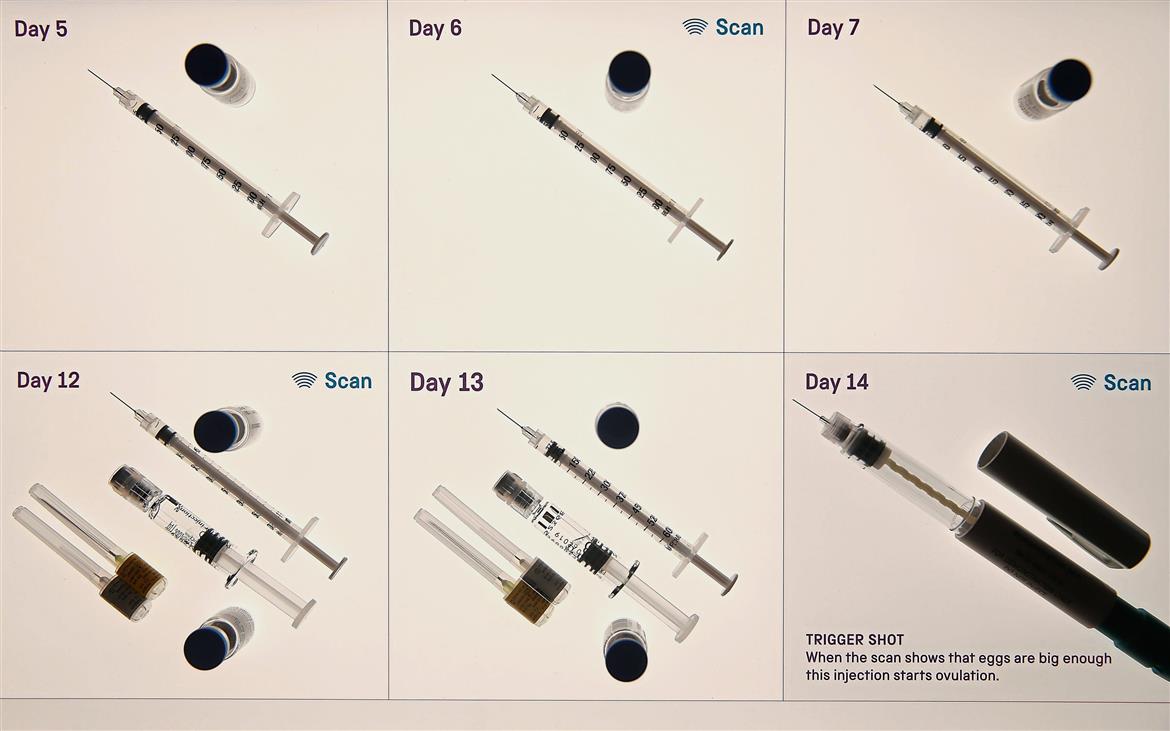
2018 marks the 40th anniversary of in-vitro fertilisation (IVF), and at the recent Congress on Obstetrics & Gynaecology held in Malaysia, IVF pioneer and Care Fertility Group founder and president of R&D Prof Simon Brian Fishel and Obstetrical & Gynaecological Society of Malaysia (OGSM) president-elect Dr Eeson Sinthamoney gave their insights into the innovations that have taken place these 40 years.
In its early days, IVF was almost a taboo subject. The birth of Louise Brown, the ‘test tube’ baby, caused an ethical stir in 1978. What has changed over the last 40 years?
Prof Fischel: Technology has changed beyond recognition. When we first started, the technology was very primitive, and patients had to stay in the hospital for up to 10 days. Now, it’s a simple out-patient procedure.
Previously, we used to collect the woman’s eggs via surgery by laparoscopy. Today, the procedure is much less invasive, and we do it using ultrasound techniques.

The art of embryology has also progressed significantly. We didn’t have incubators then. And the days of test tubes in glass jars stored in a warming cabinet are a thing of the past.
Now, not only do we have sophisticated, time lapse incubators, but advances in technology also enable us to leave the embryos for five days without even touching them while allowing the embryologist to witness the progress every 10 minutes via their smartphone, tablet or computer.
This allows us to learn more about how human embryos evolve during the first five days after fertilisation.
Not only is IVF helping infertile couples, but today we have also introduced genetics into the field.
If you are a fertile couple, but either of you have a genetic condition that may affect your offspring, technology can now remove that genetic disorder from the embryo.
The breakthrough lies in the fact that the genetic disorder will not be passed on to the child and will have been eradicated from the family’s life.
So, if you have a genetic condition that has been running in the family, IVF can stop it in its tracks. One of the most magnificent things about IVF is that it redefines family life.
In many Western countries like the United Kingdom, as well as Japan, we have enormous problems with declining birth rates.
The UK has a birth rate of 1.7/1.8. To replace the population, the figure must stand at 2.4.
This dilemma has been compounded by women who are now getting older before they think of starting a family. Women are now not considering having a family until they are 33 or 34 years of age.
With this development, couples are ultimately having less children, if any at all.
So, society is experiencing a decline in birth rate, and yet, we are getting older and living longer, so who is going to fund the ageing population?
I believe we need to embrace IVF. Anyone who wants to bring a child lovingly into this world should be encouraged to do so and that is why we are moving into another domain where we offer to preserve fertility.
To achieve this, we need to empower both men and women.
A lot of people don’t recognise that men also have a biological clock. This issue is not that men can’t have children at a later age, but rather there is an increased risk the child will suffer from health conditions ranging from autism to leukaemia.
We should implement national programmes to preserve eggs and sperm while people are young.
It is no longer a passing comment that a couple should have children while they are young; with couples having children later in life, it creates significant challenges.
So, fertility preservation is becoming important and the only country that is recognising its significance is probably Japan.
As for corporate entities, Facebook and Apple are paying their female staff to freeze their eggs. Our organisation is actually designing a new programme to preserve eggs. The birth of Louise Brown has truly opened a new era.
How have people’s attitude changed over the years?
Prof Fishel: Attitudes are affected by society and the world in which you grow up. If I talk about where I come from, working in the field of IVF was an uphill struggle for many years.

At the time, many said we were going too far, we were doing too much and were too progressive. Yet, as time passed the issues disappeared and resulted in beauty, joy and happiness.
IVF has become mainstream in some parts of the world.
Dr Eeson: IVF is accepted as mainstream. One of the biggest constraints in Malaysia is cost because there are many patients who require IVF, but are unable to afford it.
There is an element of support from the government, but it is limited. Otherwise, it is very mainstream.
There are regulations in Malaysia that provide some guidelines as to what you can or cannot do as an IVF practitioner.
The current guidelines are not new and they are very brief.
There are new guidelines in the pipeline, and I suspect they will be framed according to the needs and aspirations of the local community. However, surrogacy will not be permitted.
Our best guess is that currently, there are about 5,000 IVF cycles in Malaysia each year.
Is there a role that artificial intelligence (AI) can play in IVF?
Prof Fishel: We know that only 35% of embryos will result in babies. We can use AI to determine which embryos have chances of conception.
The second approach will be clinical. AI will help us become objective about the way we manage clinical data.
What is the future of IVF in Malaysia?
Dr Eeson: Firstly, there are many IVF centres in Malaysia, but not all offer the same facilities.
The standard concept of embryo implantation during an IVF procedure does not guarantee fertilisation. The belief is that more of the embryos produced are genetically abnormal.
Due to this, a lot of time and effort devoted over the last few years has been focussed on embryo selection, which enables the identification and selection of the best embryos and put them up front and centre.
Many centres can conduct IVF procedures, but may not be able to conduct embryo selection.

From a realistic point of view, we are still very far behind in Malaysia, so at this stage, we are not looking at cutting-edge technology, but rather at moving to the next level, which is to get the labs up to speed and to provide better quality of care for their patients.
We can better use AI to look at the data we have in hand and make informed intelligent decisions.
The third facet would be to have ethical discussions: What are our beliefs? What are we happy to do and not to do? For now, we do not have that.
OGSM can play an advocacy role, but the initiative should be led by the Health Ministry.
My expectation is that the regulations should provide a framework and take all the stakeholders into consideration so that it will be robust.
Prof Fishel: It is crucial that any government doesn’t look at IVF as something small.
Governments naturally care how much an IVF procedure costs. However, they often look at IVF with a short-term view.
If you apply IVF in a long-term context, the benefits are huge. IVF can tackle declining populations, and we can use IVF procedures to reduce the healthcare costs of addressing genetic disorders.
IVF can truly have long-term economic and healthcare benefits that will help any nation.
Source:-The Star


Leave a Reply